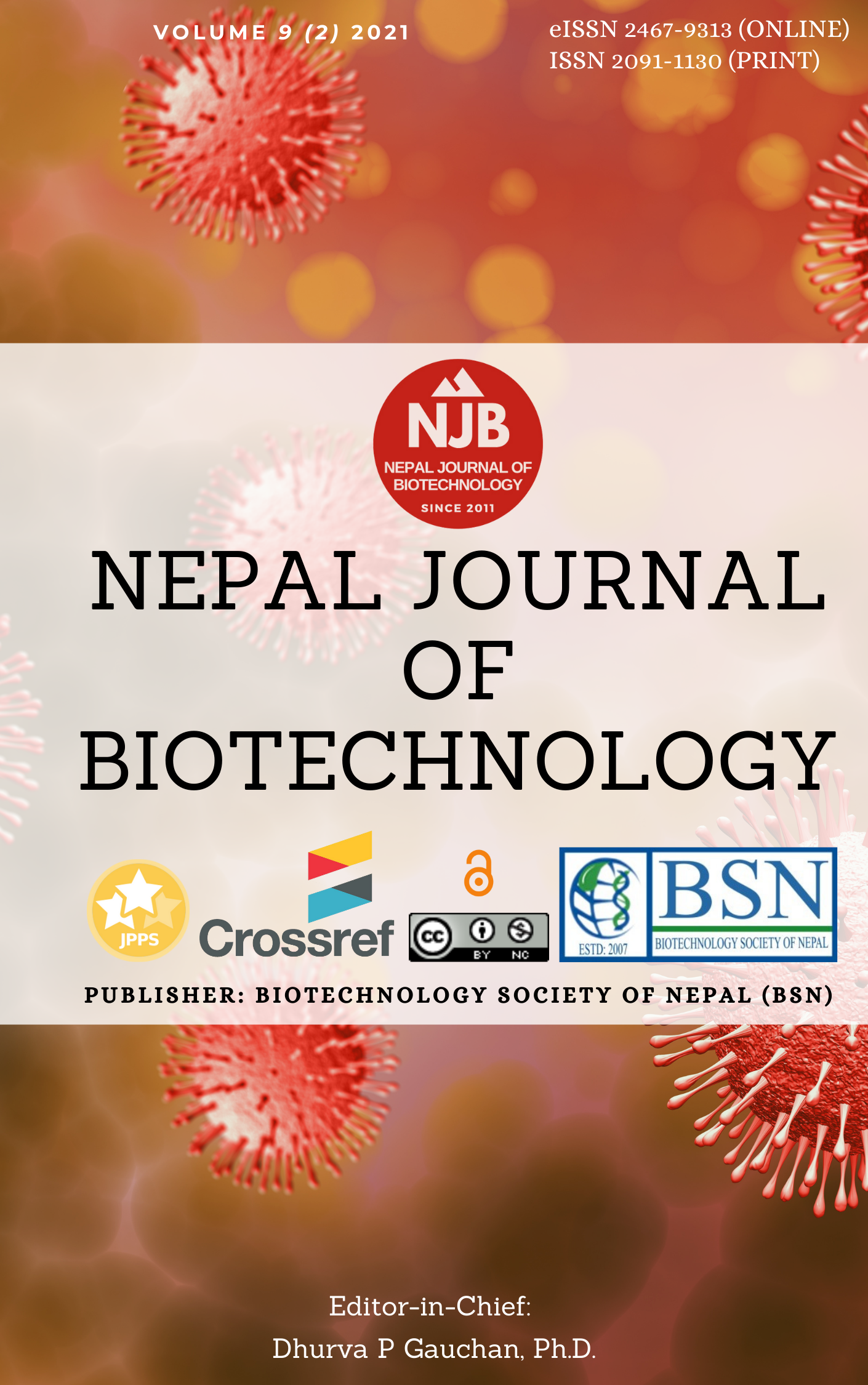Efficacy and Toxicity of Different Forms of Asparaginases Against Acute Lymphoblastic Leukemia: A Review
Keywords:
Efficacy, Acute lymphoblastic Leukemia, Asparaginase, Clinical trialsAbstract
Acute lymphoblastic leukemia (ALL) is a form of blood cancer that affects white blood cells and is among the most common forms of leukemia with children and adolescents showing the highest number of cases. Most treatment protocols include chemotherapy using asparaginase. Asparaginase converts asparagine to aspartic acid and ammonia. Unlike normal, healthy cells, cancerous cells depend on asparagine for their growth. When these cells are deprived of asparagine by the action of the enzyme, the cancer cells selectively die. As of date, several forms of asparaginases are commercially available and are administered in ALL therapy. But due to limited study, it will be early and inaccurate to predict which forms of the enzymes are better. In this review, we aim to compare the efficacy and toxicity of four different asparaginases—native Escherichia coli asparaginase, PEG Escherichia coli asparaginase, Erwinia chrysanthemi asparaginase and a recombinant Escherichia coli asparaginase—used in ALL therapy in children and adolescents using available clinical trial data. PubMed and Clinical trial.org databases were used to select studies. Asparaginase activity, toxicity, anti-asparaginase antibody level and event-free, overall survival was compared for different asparaginases. Seventeen randomized and non-randomized controlled trials were included. Evidence was insufficient to ascertain which asparaginase is the best. PEG Escherichia coli asparaginase seems to be better with a high activity among the treated patients but there remains high toxicity for all available asparaginases. This study highlights a need to discover alternative sources of asparaginase from the organisms, which are evolutionarily distant from Escherichia coli and Erwinia chrysanthemi with high higher enzyme activity and reduced toxicity.
Downloads
Downloads
Published
How to Cite
Issue
Section
License
Copyright (c) 2021 Biotechnology Society of Nepal

This work is licensed under a Creative Commons Attribution-NonCommercial 4.0 International License.
Copyright Notice:
The manuscript submitted to NJB must be an original contribution, not previously published and should not be under consideration for publication elsewhere. When the manuscript is accepted for publication, the authors agree to automatically transfer the copyright of the article to the publisher. It should grant permission to any third party, in advance and in perpetuity, the right to use, reproduce or disseminate your article, according to the NJB copyright and license agreement.
Authors transfer copyright to the publisher as part of a journal publishing agreement but have the rights to: Share their article for Personal Use, Internal Institutional Use and Scholarly Sharing purposes, with the NJB applies the Creative Commons Attribution-NonCommercial CC BY-NC license to all the works we publish after Jun 2020 (Before it was CC BY-NC-ND). Under this license, authors agree to make articles legally available for reuse, without permission or fees, for virtually any non-commercial purpose. Anyone may remix, adapt, and build upon your work non-commercially, and although their new works must also acknowledge you and be non-commercial, they don’t have to license their derivative works on the same terms. More details on CC BY-NC refer to its Licence Deed and Legal Code.






